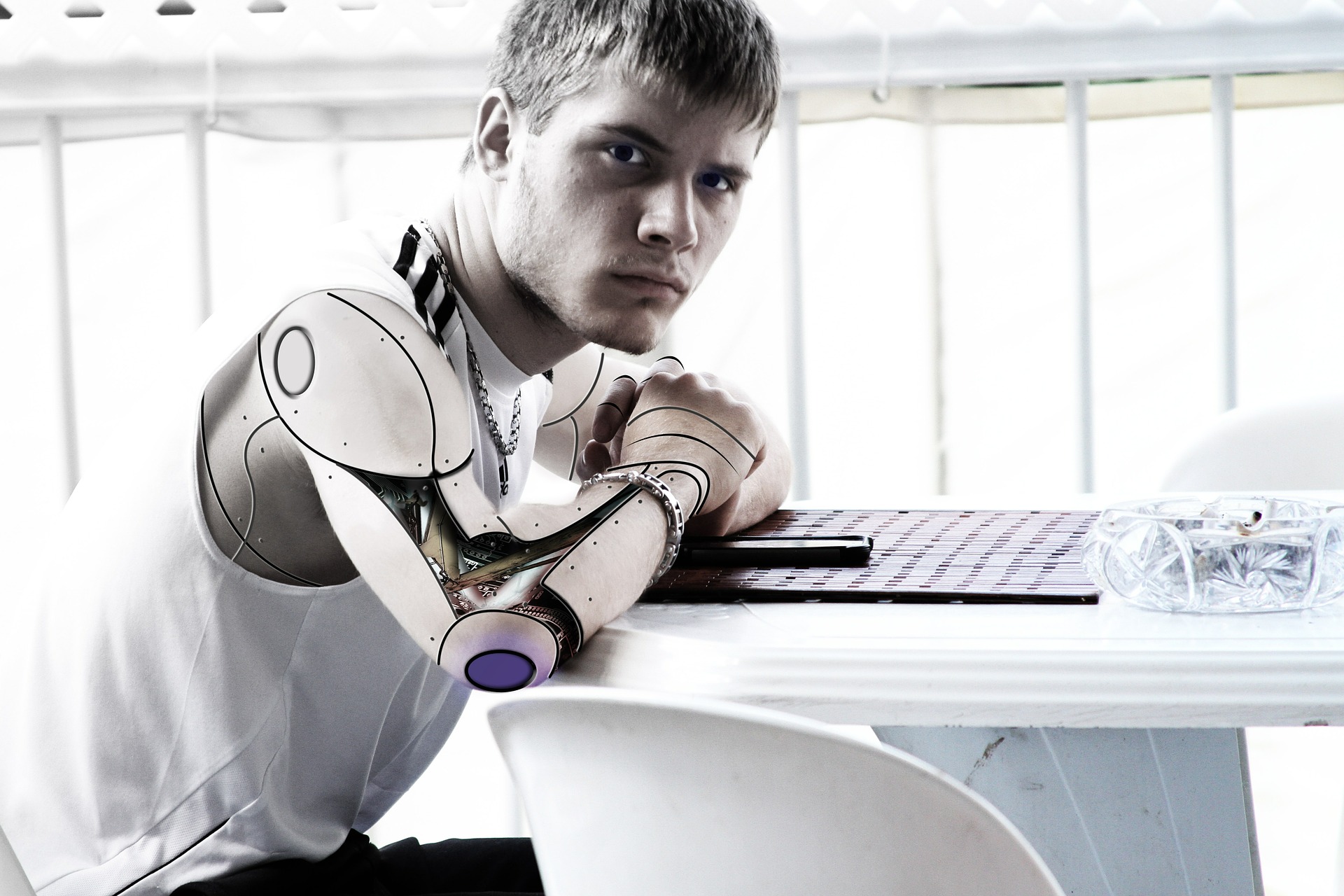Of man and machine: The evolution of transhumanism
A tragedy of being human is that our organs often fail before our brains do. If you agree with this statement, you may agree with transhumanist Zoltan Istvan, who believes the next life-extending medical breakthrough will be in the field of synthetic organ replacement.
The longest life now clocked is 122 years. Transhumanists believe humans will soon be able to live far longer than this – even hundreds of years – with the help of technological advancements that enhance human physical, intellectual, and cognitive capacities.
A prime example is also the subject of my previous research: patients with a failing heart are opting more and more to be implanted with a left ventricular assist device (LVAD) instead of waiting for a heart transplant. That is, they are increasingly choosing to put an electromechanical device made of titanium and plastic in their chests – as a permanent rather than temporary solution – instead of facing the unlikely arrival of a natural, human heart.
These LVAD patients may not consider themselves transhumanists, but they ascribe to the distinctly transhumanist idea that human life and health spans can benefit from using medical devices to assist or even replace our organs. This choice to assist our bodies with technology that is immediately available, rather than wait for scarce organic commodities to appear, marks an increasing, if not inevitable, acceptance of mechanical, electrical, and digital devices into our lives and into our bodies.

Companies like SynCardia in the United States. and Carmat in Europe manufacture artificial human hearts to extend the life span of terminally ill patients by up to four or five years. That may not sound like much, but consider that it took David Foster Wallace less than five years to write his magnum opus, Infinite Jest. Composer Franz Schubert composed over a thousand works of music in only six years. You can do a lot in five years, no matter your age. Look at the physicist Sir William Crookes, who invented the first instruments to study radioactivity at the ripe age of 68.
Transhumanists like Istvan say this is just the beginning. He predicts artificial organs will help not only to replace our hearts, but our kidneys, our lungs, virtually any “parts” of us that are failing due to sickness or old age.
The assumptions underlying transhumanism, or the more widespread drive to enhance human longevity through technology, force us to think critically and imaginatively about our future. They are also the subject of my current work, which looks at the visions, aspirations, and promise of human longevity research.
The study, lead by Dr. Christopher Scott, explores how major stakeholders in longevity and aging research imagine and anticipate the future. In this study, we will help identify the major players, like Istvan, in the quest to extend human life, and how they are helping to transform not just our lifespan, but our very beliefs and assumptions about what constitutes a fully human life.
The question of whether artificial organs will help to extend life has been answered. Millions of people are already living longer not just with LVADs, but with artificial or even “bioartifical” organs. For example, a synthetic trachea grown entirely in a London lab using a patient’s own stem cells saved the life of a Swedish man with late-stage tracheal cancer. With growing knowledge of synthetic tissue growth and improvements in 3D printing, the medical “devices” we are putting in our bodies may soon all be made of our very bodies. The distinction between man and machine will become difficult to make when the two are of the same, organic material.
For some of us, this sounds promising and amazing. To others more accustomed to strong distinctions between man and machine, it sounds justifiably scary.
Whatever your position, we are undeniably witnessing an increasing cultural acceptance of integrating our bodies with technology – not just so that we can open the front door of our house by waving our micro-chipped hand in front of it, as Istvan can, but to live longer and healthier lives.
-By Kristin Kostick, Ph.D., research associate in the Center for Medical Ethics and Health Policy at Baylor College of Medicine




Pingback: Engineering Eden: The quest for eternal life
Humans have wanted to live and not die since the beginning. Along came religion that promised us an after life, and that lasted for millennia. Now we have science that is quickly taking over peoples’ desire to keep on living. We have no concrete proof that those in heaven actually got there. Blind faith has been replaced by believable fact. It’s a mad rush and hope that the benefit of life extension will become a reality before we (you) die. Meanwhile, more than half the world just wants to live, period.
Btw, I have had hip replacement surgery and it looks like I may need a new knee sometime soon. It’s not just organs that will keep us ticking.